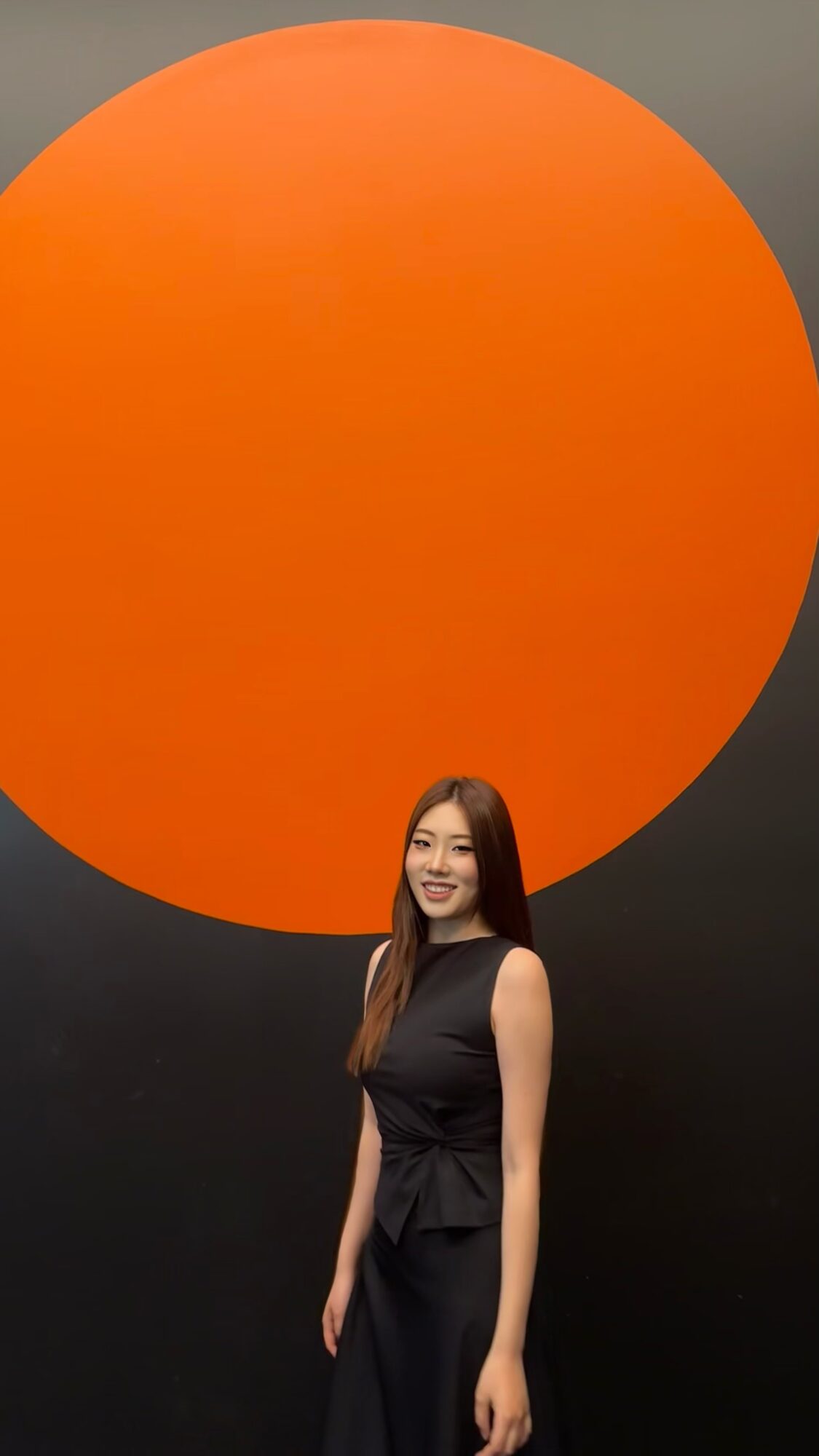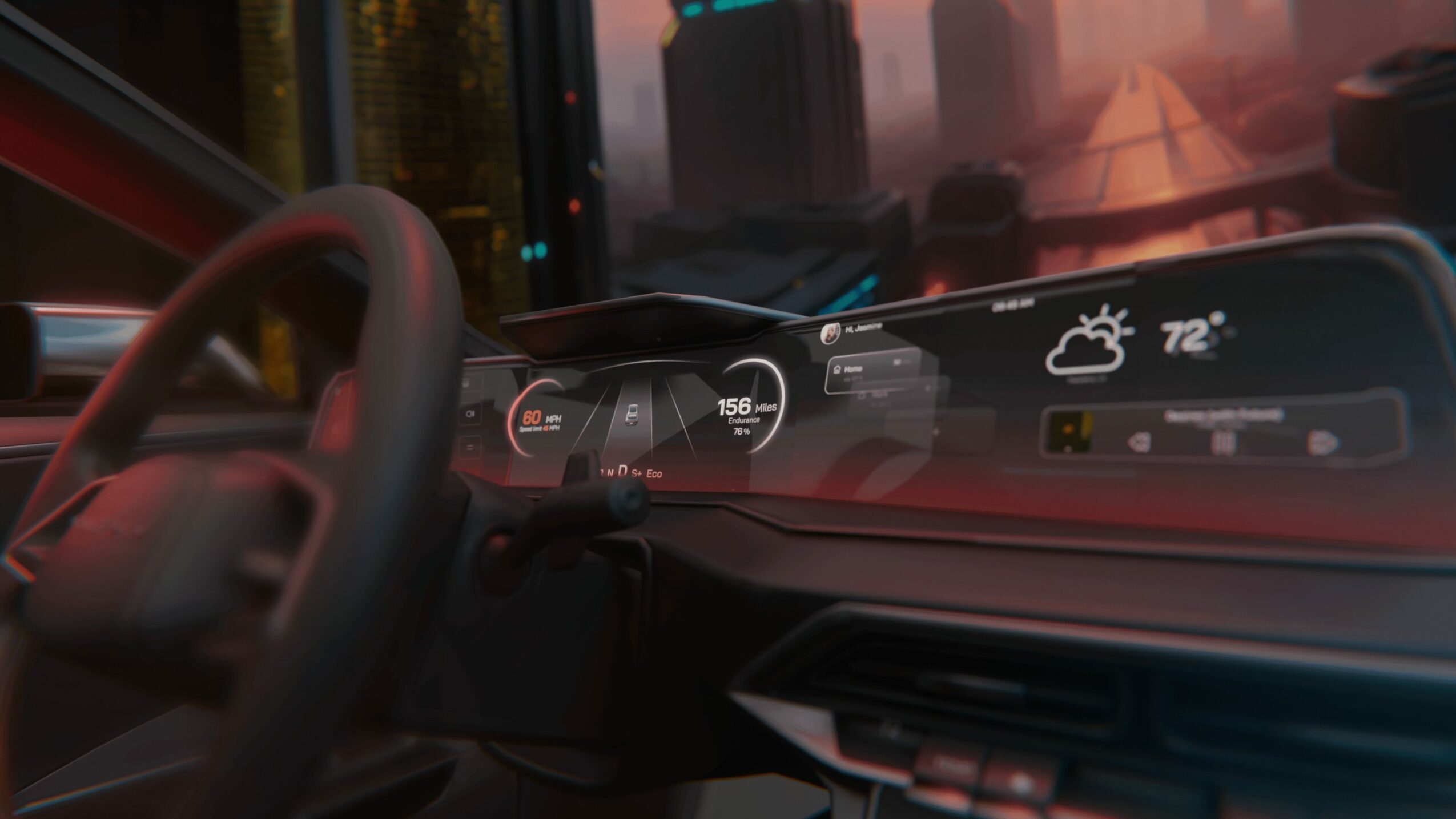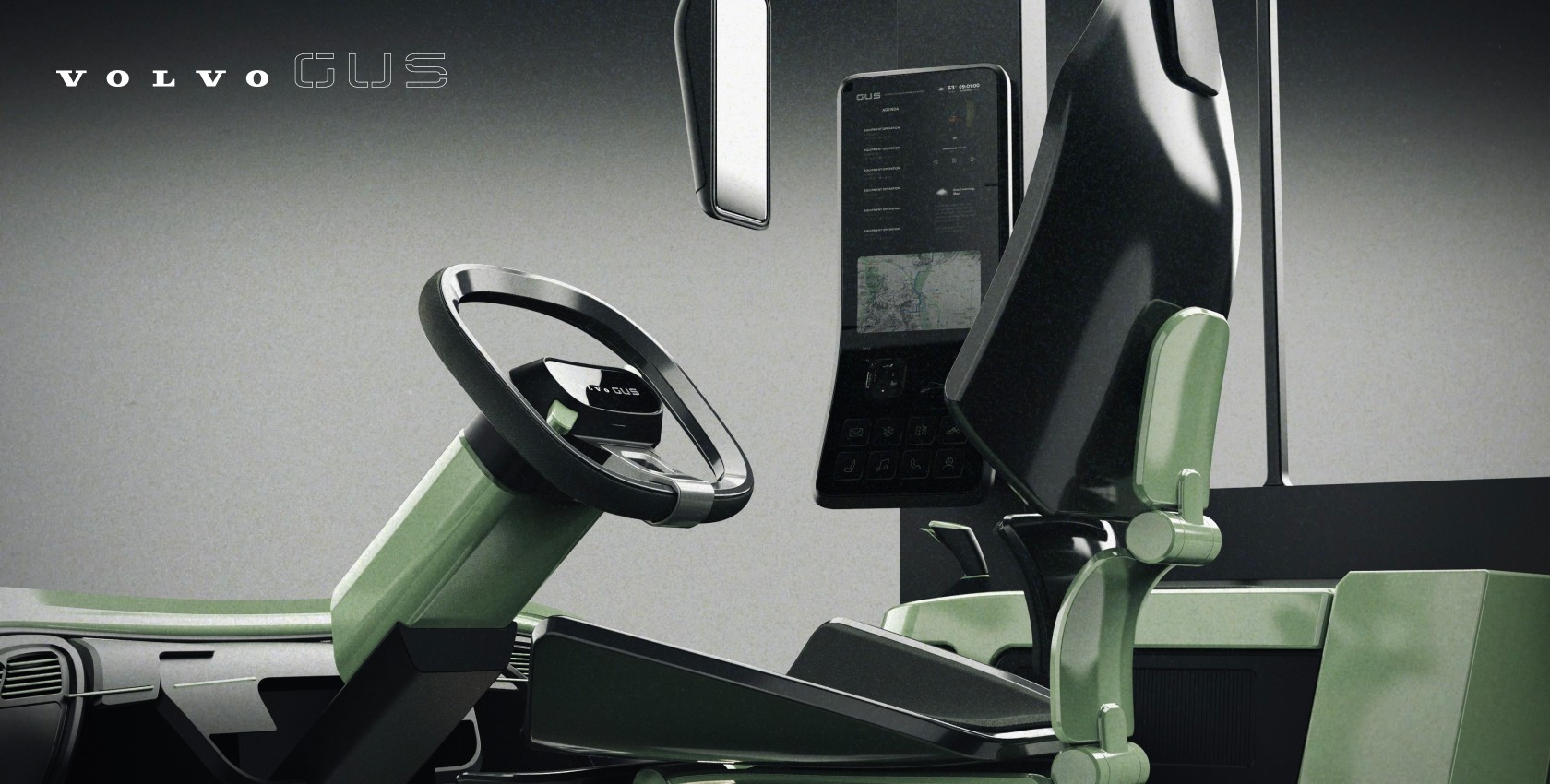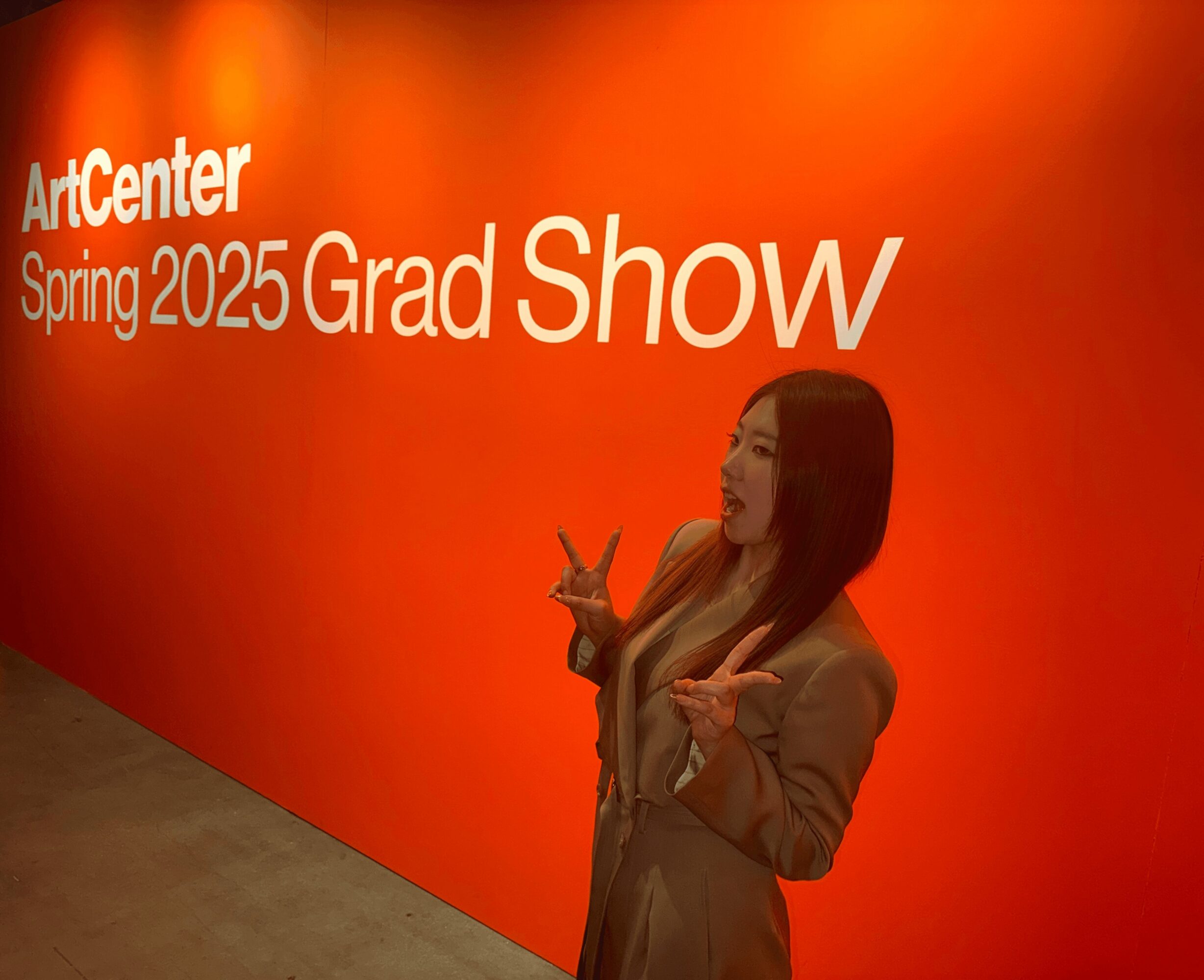

Yunran Zhang shared their story and experiences with us recently and you can find our conversation below.
Yunran, we’re thrilled to have you with us today. Before we jump into your intro and the heart of the interview, let’s start with a bit of an ice breaker: What is a normal day like for you right now?
My day usually starts with breakfast—either at a café or home—while watching design or tech videos to get inspired. Once settled in, I dive into work, which could be refining case studies, iterating on personal projects, or following up on emails related to job opportunities or collaborations. I take short breaks to reset: grabbing a sweet treat or taking a quick walk helps me return with a fresh perspective. I typically spend the afternoon exploring interaction patterns, updating my portfolio, or experimenting with new tools. In the evening, I wind down by cooking or meeting friends, often ending the day with some light reading or visual inspiration.
Can you briefly introduce yourself and share what makes you or your brand unique?
Hi! I’m Yunran Zhang, a product designer who just graduated from ArtCenter College of Design with a background in interaction design. I love creating simple, thoughtful digital experiences that make everyday moments feel a bit more intuitive and human. Now that I’ve graduated, I’m hoping to work as a digital nomad—exploring new places, meeting new people, and learning from different perspectives along the way. Design, for me, is not just a skill but a way of staying curious and connected to the world around me.
Great, so let’s dive into your journey a bit more. What relationship most shaped how you see yourself?
The relationship that most shaped how I see myself is the one I have with my cultural roots. Growing up in Beijing and later moving abroad made me constantly navigate between different ways of thinking, seeing, and living. That in-between space taught me to be adaptable, observant, and reflective—qualities that deeply influence how I design and how I understand myself. I’m drawn to the quiet beauty in everyday moments, something I think comes from my background and the way it values subtlety, harmony, and thoughtfulness. It’s helped me see design not just as problem-solving, but as a way to express care and cultural sensitivity.
Do you remember a time someone truly listened to you?
Yes. My best friend and I have been long-distance for years, but we’ve always stayed close. Whenever either of us hits a life dilemma, we go to each other, not for quick fixes, but for real, heart-to-heart conversations. There’s no gaslighting, no mansplaining, no blind cheerleading. Just space to be honest, to untangle thoughts, and to reflect together. We don’t always land on a solution right away, but we always leave the conversation feeling understood. That kind of mutual listening—grounded, thoughtful, and full of care—has shaped the way I see relationships, and it’s something I try to bring into my life and work too. This friendship reminds me that being truly seen and heard is rare—and when you find it, it becomes a kind of anchor you carry with you, wherever you go.
Alright, so if you are open to it, let’s explore some philosophical questions that touch on your values and worldview. What’s a cultural value you protect at all costs?
The subtlety of respect and unspoken understanding. Growing up in Asia, I learned that this kind of subtlety isn’t about being shy or overly cautious. It’s about emotional intelligence. It’s about reading the room, being attentive to others’ needs without putting them on the spot, and showing care through thoughtful actions rather than big gestures. As I’ve moved across cultures, I’ve realized how deeply this way of seeing shapes who I am, not just in life, but in design too. It teaches me to pay attention to the quiet details, to design with sensitivity, and to value presence over performance. It’s a soft kind of strength and one I’ll always protect.
Thank you so much for all of your openness so far. Maybe we can close with a future oriented question. When do you feel most at peace?
I feel most at peace in raw, unpolished places, like a quiet alley in a local market, where nothing is curated or staged. The chipped walls, handwritten signs, the way people move naturally through the space—it’s all ordinary, yet full of quiet life. There’s a kind of subtle nature under the surface: in how light filters through an awning, or how sounds and textures layer together without trying. I’m drawn to places that haven’t been overly gentrified or polished—spaces that feel lived-in, honest, and a little imperfect. Whether I’m walking through a forest trail or a backstreet in an old neighborhood, peace comes when I’m surrounded by things that are just being, not performing.
Contact Info:
- Website: https://www.yunranzhang.com
- Instagram: https://www.instagram.com/yunranshere/
- Linkedin: https://www.linkedin.com/in/yunran/


















